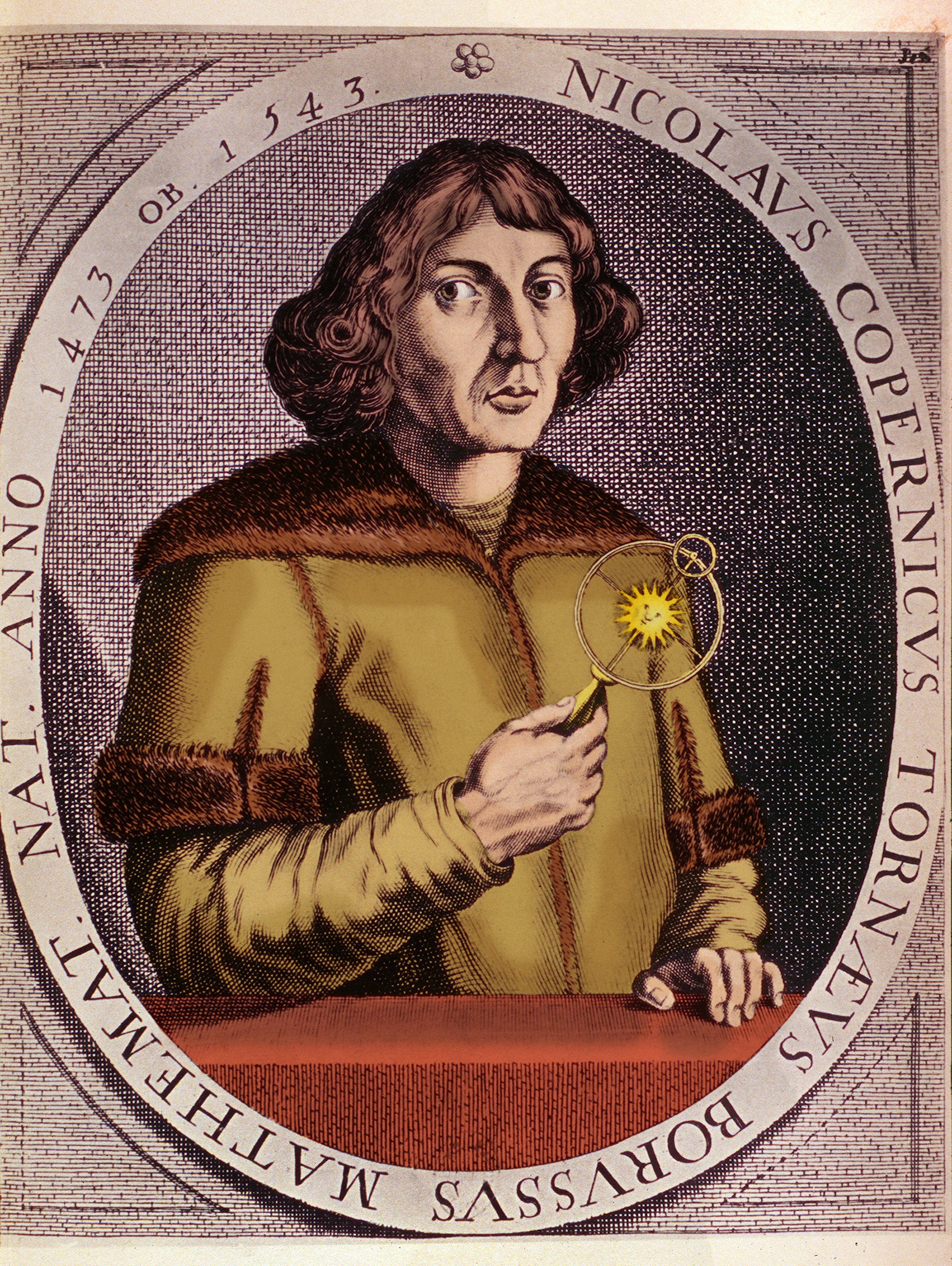

This declination of the atomic shape obtained more significance with Epicurus and Lucretius.


Color, according to Democritus, was the effect of the turning and inclination of the shapes of the atoms. The advantage of the atomist model was that it explained the phenomena that we classify under the general term of secondary qualities, for instance, color, taste, smell and sound, which were still not measurable as the primary qualities, namely, solidity, extension, motion, number and figure. The Greek alchemists distinguished two models of material analysis: either the traditional method of the research for the four basic elements, respectively earth, water, fire and air or the competing model that suggested that all material substances consist of atoms. Our exposition of the Lucretian model of the atomic clinamen will present and elucidate the respective considerations on the alleged role of the swerve in the generation of free-action. The topic of this article is the Epicurean and Lucretian arguments in favour of the swerve. In his version of atomism, Lucretius made explicit reference to the concept of an intrinsic declination of the atom, the atomic swerve ( clinamen in Latin), stressing that the time and space of the infinitesimal atomic vibration is uncertain.


 0 kommentar(er)
0 kommentar(er)
